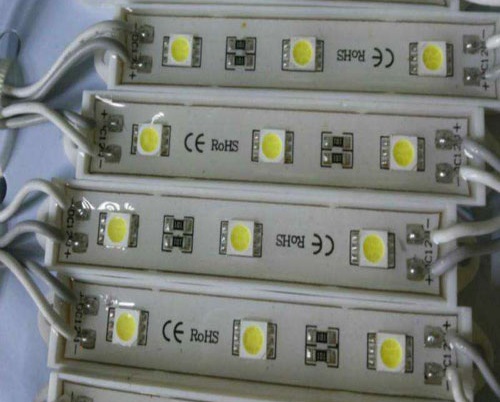To improve the reliability of LED packaging, it is also required that the potting adhesive has low moisture absorption, low stress, and aging resistance characteristics. Common sealing adhesives include epoxy resin and silicone gel. Silicone, due to its high transmittance, high refractive index, good thermal stability, low stress, and low moisture absorption, is significantly superior to epoxy resin and has been widely used in high-power LED packaging, but at a higher cost.
& nbsp; & nbsp; To improve the reliability of LED packaging, it is also required that the potting adhesive has low moisture absorption, low stress, and aging resistance characteristics. Common sealing adhesives include epoxy resin and silicone gel. Silicone, due to its high transmittance, high refractive index, good thermal stability, low stress, and low moisture absorption, is significantly superior to epoxy resin and has been widely used in high-power LED packaging, but at a higher cost< br />

& nbsp; & nbsp; The loss of photons generated by radiation recombination during the use of LEDs mainly includes three aspects: internal structural defects of the chip and material absorption; Photon reflection loss caused by refractive index difference at the exit interface; And the total reflection loss caused by the incident angle being greater than the critical angle of total reflection< br />
nine hundred and one
& nbsp; & nbsp; Therefore, many light rays cannot be emitted from the chip to the outside. By coating a transparent adhesive layer with a relatively high refractive index on the surface of the chip& mdash; LED silicone, as the adhesive layer is located between the chip and air, effectively reduces photon loss at the interface and improves light harvesting efficiency. In addition, the function of the potting adhesive also includes mechanical protection of the chip, stress relief, and serving as a light guiding structure. Therefore, it is required to have high transmittance, high refractive index, good thermal stability, good fluidity, and easy spraying.

& nbsp; & nbsp;
& nbsp; & nbsp; Research has shown that increasing the refractive index of silicone can effectively reduce photon loss caused by refractive index physical barriers and improve external quantum efficiency, but the performance of silicone is greatly affected by environmental temperature. As the temperature increases, the thermal stress inside the silicone increases, resulting in a decrease in the refractive index of the silicone, which affects the LED light efficiency and intensity distribution.

 & nbsp; & nbsp;
& nbsp; & nbsp;